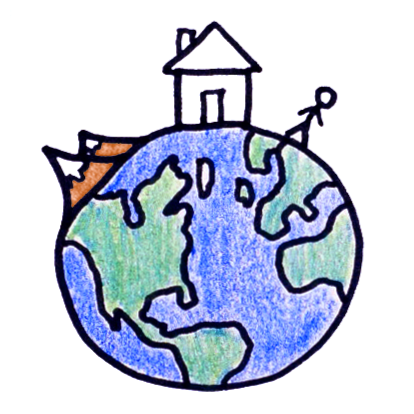2019-12-30
[public] 307K views, 11.6K likes, dislikes audio only
Go to https://www.curiositystream.com/minute to get a free month trial with CuriosityStream and get a subscription to Nebula bundled in for free!
Because the ossification process can differ so much from human to human, we have a wide range of potential bone numbers.
Thanks also to our Patreon patrons https://www.patreon.com/MinuteEarth and our YouTube members.
___________________________________________
To learn more, start your googling with these keywords:
Cartilage: The flexible connective tissue that is turned to bone by osteoblasts.
Osteoblasts: Cells that control calcium and mineral deposition to turn cartilage into bone.
Sesamoids: Bones embedded in tendons or muscles.
Fabella: A large sesamoid bone occasionally found behind the knee joint.
Coccyx: The small set of semi-fused triangular bones at the end of the vertebral column.
___________________________________________
Subscribe to MinuteEarth on YouTube: http://goo.gl/EpIDGd
Support us on Patreon: https://goo.gl/ZVgLQZ
And visit our website: https://www.minuteearth.com/
Say hello on Facebook: http://goo.gl/FpAvo6
And Twitter: http://goo.gl/Y1aWVC
And download our videos on itunes: https://goo.gl/sfwS6n
___________________________________________
Credits (and Twitter handles):
Script Writer, Editor and Video Director and Narrator: David Goldenberg (@dgoldenberg)
Video Illustrator: Arcadi Garcia (@garirius)
With Contributions From: Henry Reich, Alex Reich, Kate Yoshida, Ever Salazar, Peter Reich, Julián Gómez, Sarah Berman
Music by: Nathaniel Schroeder: http://www.soundcloud.com/drschroeder
___________________________________________
References:
Goldberg I, Nathan H. (1987). Anatomy and pathology of the sesamoid bones. The hand compared to the foot. International Orthopaedics. 11(2):141-7. Retrieved from: https://www.ncbi.nlm.nih.gov/pubmed/3610408.
Vineet K. Sarin Gregory M. Erickson Nicholas J. Giori A. Gabrielle Bergman Dennis R. Carter (2003). Coincident development of sesamoid bones and clues to their evolution. The Anatomical Record.5: 174-180. Retrieved from: https://onlinelibrary.wiley.com/doi/epdf/10.1002/%28SICI%291097-0185%2819991015%29257%3A5%3C174%3A%3AAID-AR6%3E3.0.CO%3B2-O.
Tao Sun, Lingxiang Wang, Haitao Zhao,Wenjuan Wu,and Wenhai Hu (2016). Prevalence, morphological variation and ossification of sesamoid bones of the forefoot: a retrospective radiographic study of 8,716 Chinese subjects. 2(3): 91–96. Retrieved from: https://www.ncbi.nlm.nih.gov/pmc/articles/PMC6410651/.
Postacchini F, Massobrio M. (1983). Idiopathic coccygodynia: Analysis of fifty-one operative cases and a radiographic study of the normal coccyx. The Journal of bone and joint surgery. 65(8): 1116-1124. Retrieved from: https://www.coccyx.org/medabs/posta.htm.
Meals, Roy. (2019). Personal Communication. http://www.AboutBone.com
http://www.patreon.com/minuteearth
/youtube/video/wNswt6rIBG4?t=22
/youtube/video/wNswt6rIBG4?t=41
/youtube/video/wNswt6rIBG4?t=79
/youtube/channel/UCeiYXex_fwgYDonaTcSIk6w
https://patreon.com/minuteearth
/youtube/video/4DF94Wvtekk

